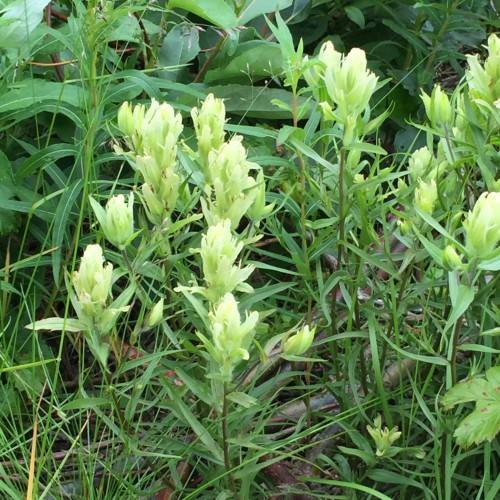
Pale Greenish Paintbrush
Castilleja pallida var. caudata
Watering:
Frequent
Hardiness Zone:
Sun:
full sun,part shade
Leaf:
Yes
Growth Rate:
Low
Drought Tolerant:
Yes
Salt Tolerant:
Yes
Care Level:
Medium
watering
Pale Indian Paintbrush (Castilleja pallescens var. pallescens)require moderate amounts of water to remain healthy and vibrant. This species prefers moist soil and should be watered about once a week. During hot and dry periods, it may require more frequent watering. To ensure the best results, water thoroughly at the base of the plant and allow the soil to dry completely before watering again. Avoid over-watering as this can cause the roots to rot.
sunlight
Pale Indian Paintbrush (Castilleja pallescens var. pallescens) grows best in full sun, meaning at least 6–8 hours of direct sunlight each day. For best growth, this plant should receive full sun during its peak growing season, late spring through late summer. In areas with extreme summer temperatures, some afternoon shade may help to prevent wilting. This species also can tolerate part shade, but growth will be slower and flowering may be reduced.
pruning
Pale Indian Paintbrush (Castilleja pallescens var. pallescens) should be pruned twice a year for best growth and health. The first pruning should be done in late winter, when the plant is dormant. Remove any unhealthy stems, thin out any dense growth, and shape the plant as needed. The second pruning should be done in late summer, after the plant has flowered and is beginning to enter its dormant period. At this time, lightly prune the plant to remove any dead or damaged stems. You can also help shape the plant and maintain its natural form. Be careful not to prune too much, as this will reduce flowering for the following year.
